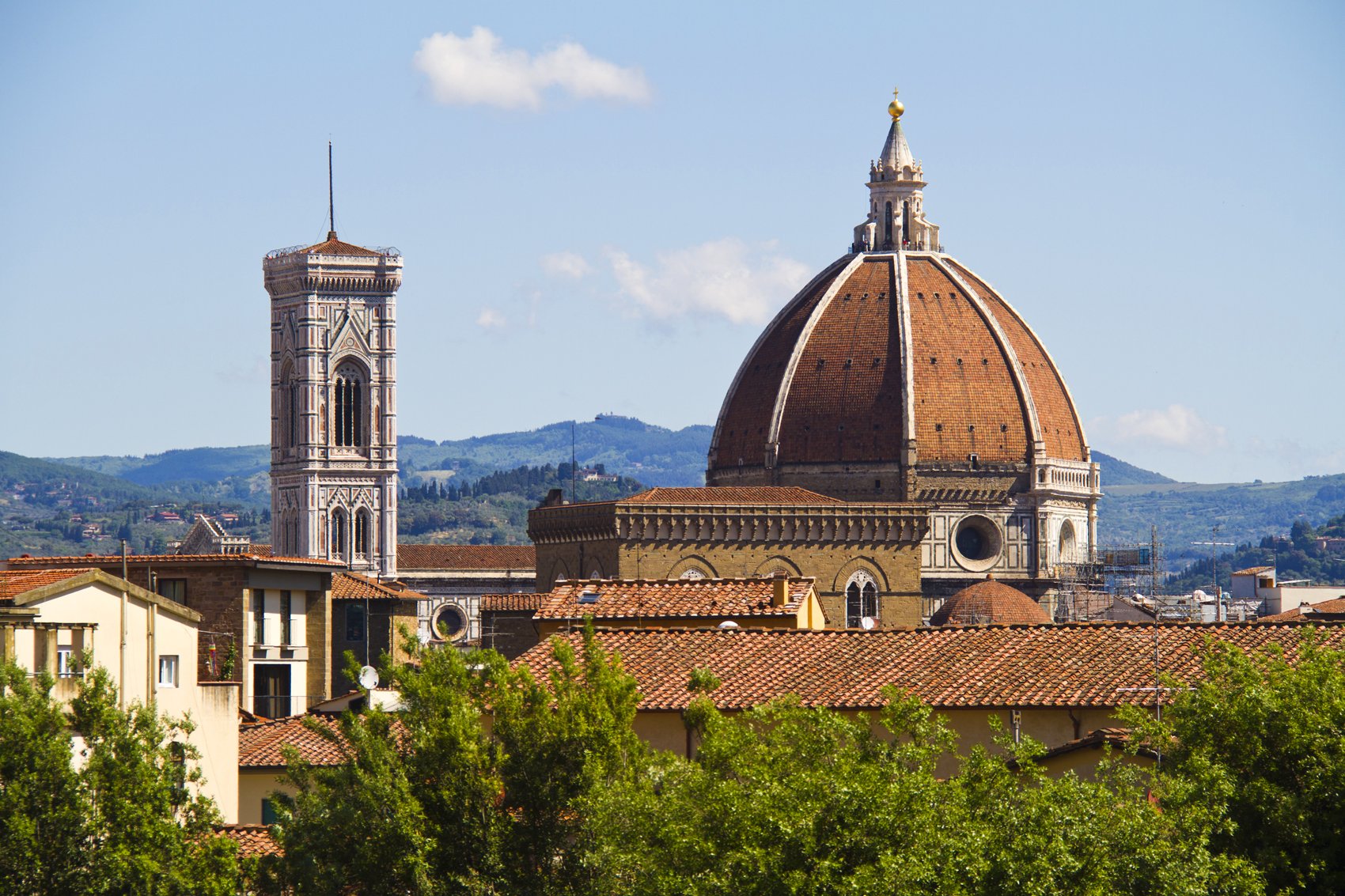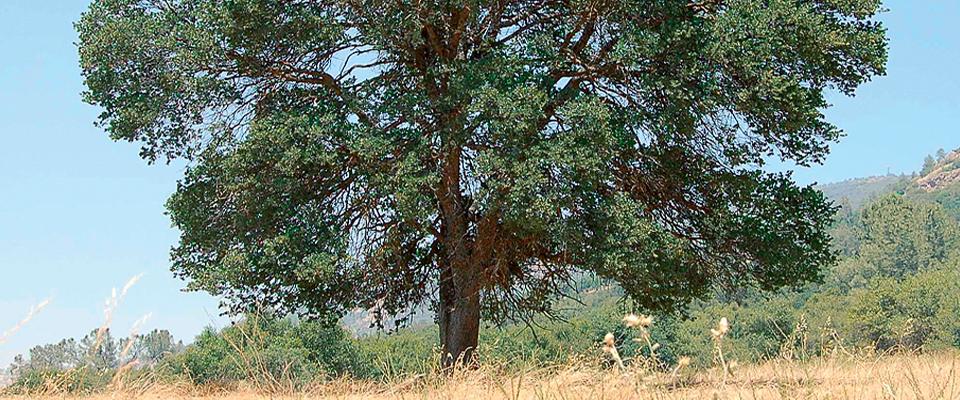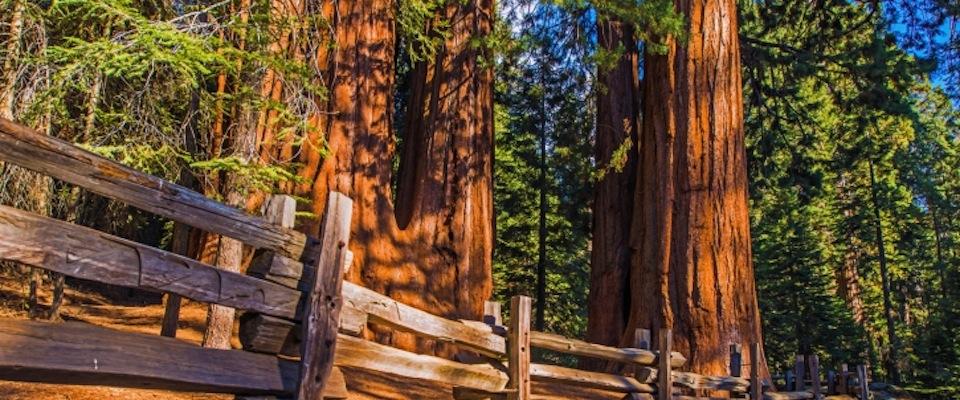Todd Dawson’s research has taken him to forests, savannas, and deserts all over the world. But his recent investigations close to the UC Berkeley campus have taken him to the edges where ecosystem types transition.
The professor of Integrative Biology has found that the blue oaks (Quercus douglasii) at Berkeley’s Blue Oak Ranch Reserve near San Jose and the giant sequoias (Sequoiadendron giganteum) in the Giant Forest of the Sierra Nevada are so drought-stressed that they may begin to disappear from the landscapes they currently define.
The current California drought is the most severe drought on record and is thought to be aggravated by human-caused climate change. Global climate change has the power to shift climate conditions so quickly that even species that are adapted to severe events like drought may not be able to adapt in time.
Are the blue oaks in trouble?
What we’ve seen with the oaks is unprecedented [in our 15 years of research at the Reserve]. Soil moisture levels are extremely low even for drought-tolerant species. It may be going below what these plants can tolerate. They are dropping leaves like crazy and we could be pushing them to a tipping point. There’s no way to know what will happen until it happens, but we could see a conversion to non-native shrub lands—and not just in the oak groves but in other ecosystems too. We’re rolling the dice here. In a way we’re measuring history right now.
What about the redwoods?
Where the giant sequoia is in the Sierra Nevada is a system that’s driven largely by snowpack. Those guys are suffering big-time this year because the snowpack was only 40 percent of normal. They’re seeing water stress levels that we’ve never measured before. We may lose them. Not right away—they live a long time, they’re incredibly tenacious and very drought tolerant. But again, are we going to reach one of these tipping points where our snowpack gets so low that the groundwater falls below the root systems of these trees and they begin to die?
The blue oaks and giant sequoia are just another example of species that are endangered by climate change. Is this kind of human-driven ecosystem shift unprecedented?
Think about where forests used to be. What about present-day Iraq? The Tigris River runs through there. When that was Mesopotamia, those were cedar forests and they cut them all down. They modified the landscape so dramatically that it became a desert. You would never have thought of that by looking at today’s map of forests. There are those kind of transformations in past history, and you wonder: Are we entering into some more of those when we start seeing these extreme events? Will we tip again?
But that wouldn’t happen in a single year, would it?
Probably not. But something had to get it going. It could be these severe drought kind of years that push it into a new state. It could be that it takes another decade or 50 years for (these forests) to really go through a massive transformation into a whole new ecosystem or a whole new appearance.
Can anything be done?
We could intervene. We could go to Oregon and set aside land and say, “This is where redwoods will be in the next 500 years.” We may have to physically move organisms to new locations. I think that we need to talk about this because climate and land-use change is happening at such a rapid pace that human hands are going to have to come in at some stage if we don’t want to see things go extinct. We’re never going to save the polar bears because we can’t create ice caps but we might be able to save forests and the species living in those forests. We’re not going to lose redwood trees, but we may have to cope with their living in a new location.
From the Winter 2014 Gender Assumptions issue of California.



















